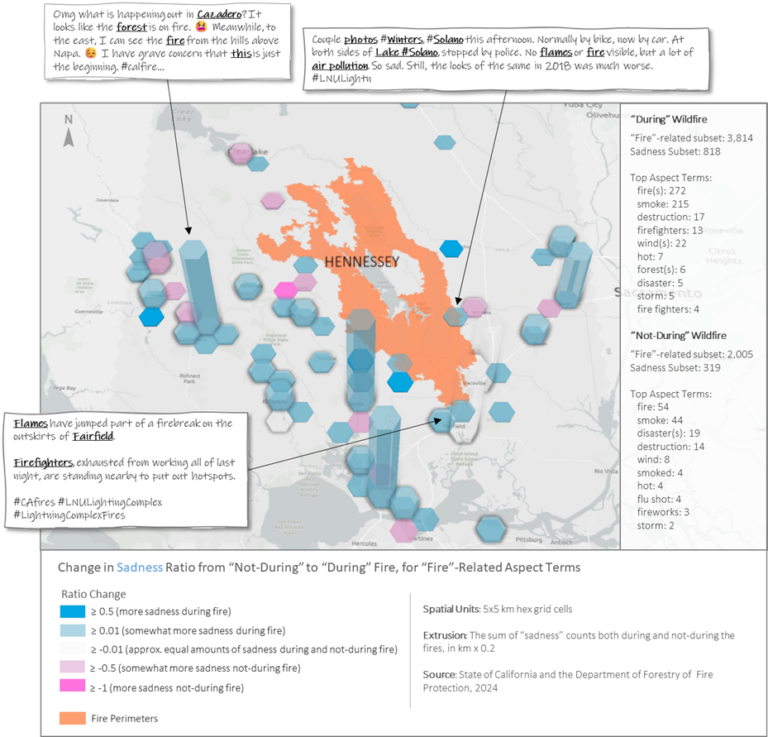GeoSocial AI
GeoSocial AI: Spatio-temporal epidemiology of emerging viruses — leveraging crowdsourced data and occurrence data to improve early disease detection systems
The evolving field of spatial epidemiology aims to describe and analyze the distribution of health outcomes in relation to geographic determinants. Pathogens exhibit spatially and temporally fine-grained distribution patterns that can be used to describe their spatio-temporal spread at different spatial scales: city, regional, or country. Therefore, this project explored different ways to combine and integrate geo-social media and web search data— crowdsourced data (CSD)—and official health surveillance data—occurrence data (OD)—to develop novel algorithms and methodologies to achieve higher information quality to generate more reliable conclusions and more accurate predictions about the spatio-temporal spread of diseases. For this, researchers at the IT:U explored to what degree geo-social media signals can serve as early warning indicators for COVID-19 cases on state and county-level and how these capabilities differ across infection waves, space and in the context of political beliefs. Further, the role of different geo-social media topics for early warning purposes were evaluated and a machine learning method-based feature selection algorithm was proposed to improve infection prediction which integrates mobile phone mobility matrices, socio-economic variables and topic and emotion classification of geo-social media posts.


 Bernd Resch
Bernd Resch